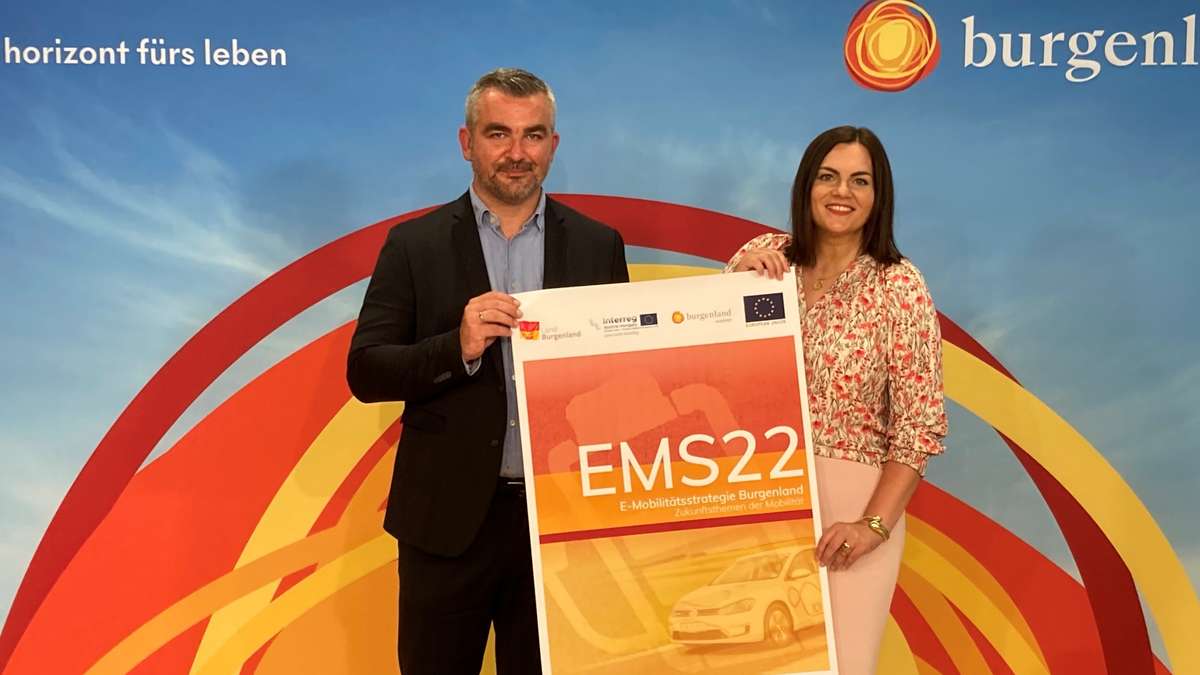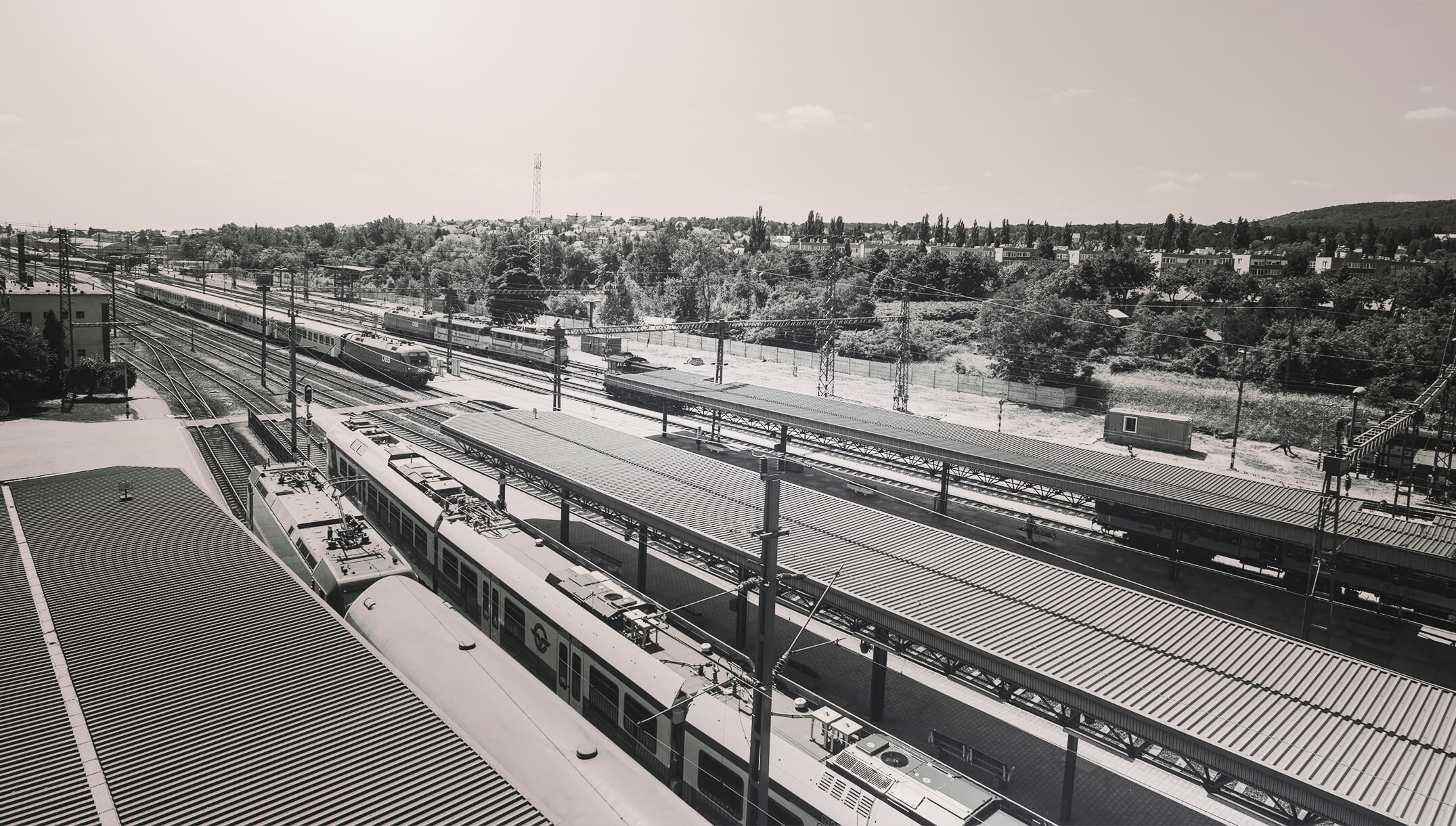Presentation of the e-mobility strategy of the state of Burgenland
Another important contribution to climate protection and to the mobility and energy transition.

In cooperation with a pool of experts, the e-mobility strategy 2022 of the state of Burgenland (EMS22) was designed as part of the Interreg AT-HU project "Low Carb Mobility". The strategy is based on the "Climate and Energy Strategy 2050" and the "Overall Transport Strategy 2021" presented in September 2021 and is the state's model for all future concepts and detailed planning relating to the topic of e-mobility. The EMS22 comprises six goals and five areas of action with a total of 24 individual measures. The focal points were presented at a press conference on 7 June by Deputy Governor Astrid Eisenkopf and Provincial Councillor Heinrich Dorner.
“E-mobility is an indispensable component of future mobility, which complements public transport and active mobility. We can only protect the climate through a successful transition to emission-free mobility," explained Deputy Governor Eisenkopf. "Building on the climate protection goals and the overall transport strategy, the e-mobility strategy points the way to an emission-free future," said Eisenkopf. Dorner added: “With the measures presented, Burgenland is setting a good example and confirming its role as a pioneer in the environmentally friendly use of resources. In transport, which accounts for a significant proportion of CO2 emissions, it is important to expand the electricity self-sufficiency that has already been achieved to energy self-sufficiency with the help of e-mobility. In addition to the climate-friendly effect, the far-reaching departure from fossil fuels is an important objective for regional value creation, especially with regard to the still existing dependence on energy imports.”
Pointing the way for e-mobility by 2030
Based on the good conditions to be found in Burgenland, five areas of action were identified by a pool of experts in the EMS22. The implementation of these measures should lead to the achievement of six goals by 2030. While the time horizon of the goals was set at 2030, numerous measures are already being implemented. "By converting the state's own vehicle fleet, the state of Burgenland is setting the course. Important work has also been done in the area of public charging to pave the way for e-mobility. Sustainably generated electricity can be charged at over 300 charging points throughout Burgenland. And last but not least, the promotion of climate-friendly mobility and the associated infrastructure by the state of Burgenland ensures that the future can begin,” said Deputy Governor Eisenkopf. In addition to the technical requirements, user information is also of fundamental importance for the triumph of e-mobility. The complete EMS22 is therefore available for download at www.burgenland.at/ems22. In addition, numerous awareness-raising activities are being planned. “Even if the advances of recent years have removed many concerns, e-mobility – like any new technology – is still met with doubts. We have to actively address them and counter them with scientifically backed arguments in order to convince people of the importance of the mobility transition," says Dorner.


